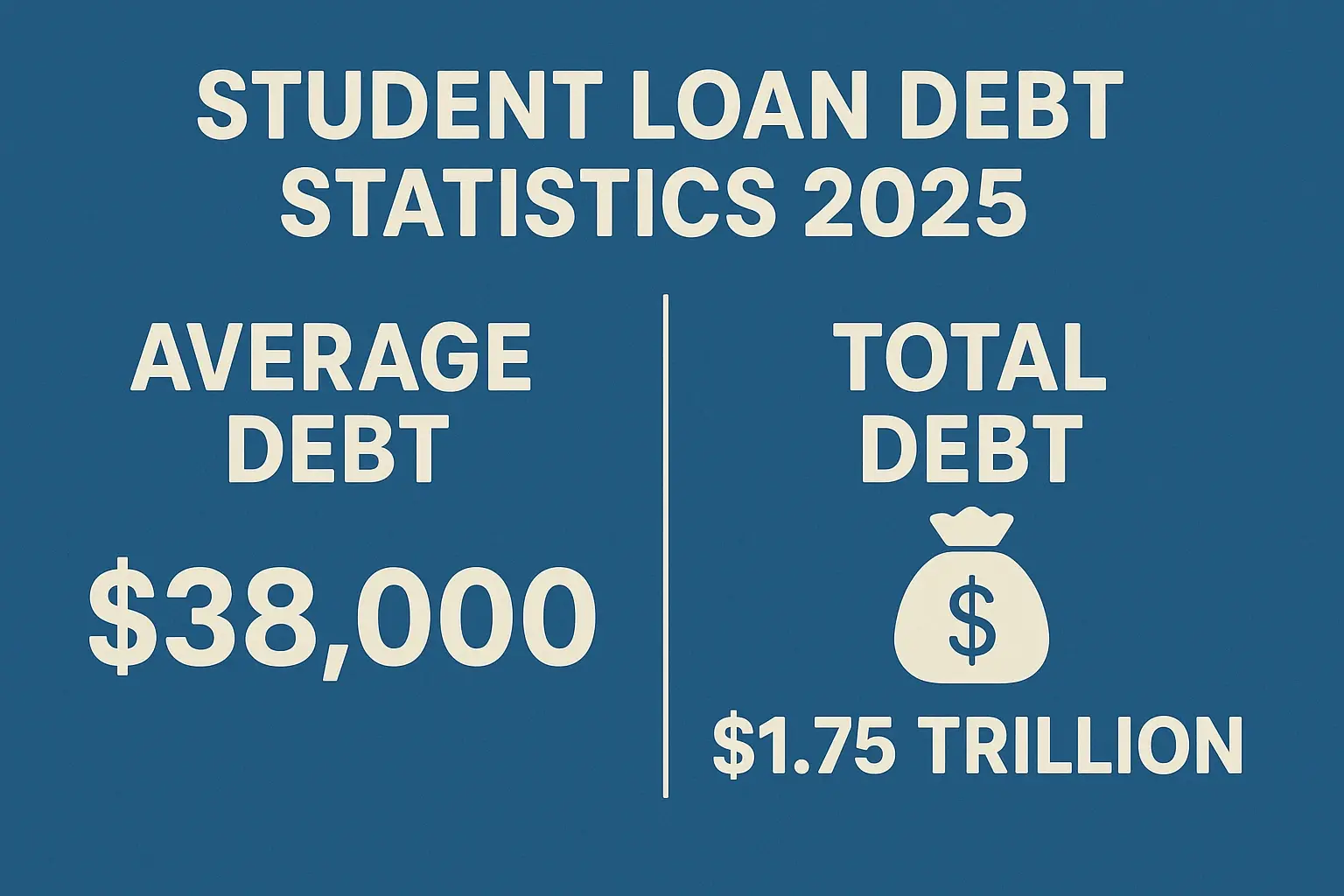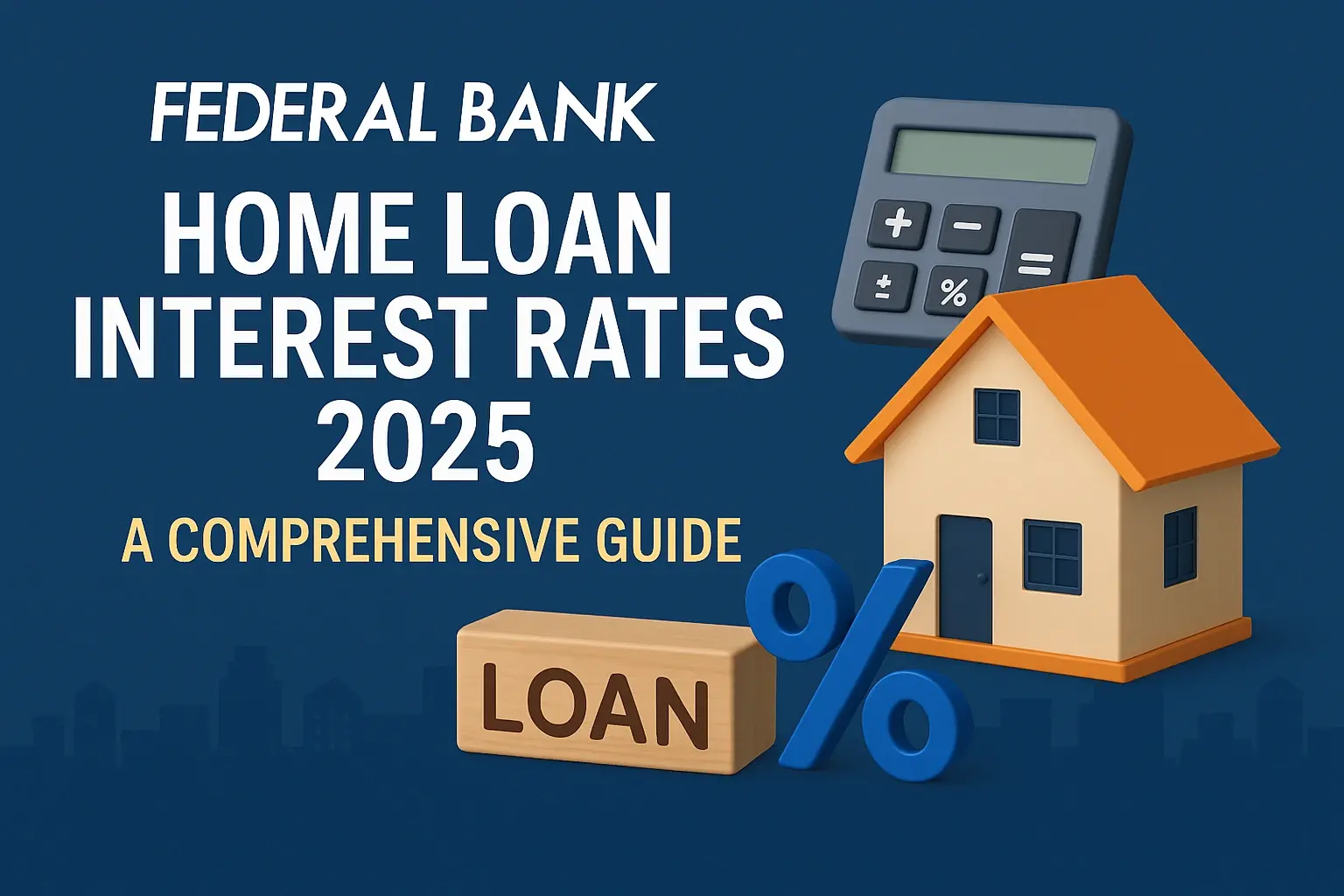-
Posted on: 23 Jul 2024

-
Are you tired of making monthly car payments? The average car loan lasts for 5-7 years, but what if you could cut that time in half? Paying off your car loan early can save you a significant amount of money in interest and free up cash flow for other financial goals. This guide provides a comprehensive roadmap to help you pay off a 6-year car loan in just 3 years.
Why Pay Off Your Car Loan Early?
Before diving into the strategies, let's consider the benefits of accelerating your car loan payoff:
- Save Money on Interest: The biggest advantage is the massive reduction in interest you'll pay over the life of the loan. Every extra payment you make goes towards the principal, reducing the amount on which interest is calculated.
- Free Up Cash Flow: Once the loan is paid off, that monthly payment becomes extra money you can use for saving, investing, or enjoying life.
- Improve Your Credit Score: While making regular, on-time payments already helps your credit score, paying off the loan demonstrates responsible financial management. (Note: Your credit score might experience a very slight, temporary dip after closing a long-standing account but will quickly recover.)
- Reduce Financial Stress: Knowing you're debt-free provides a sense of security and reduces financial stress.
- Ownership: It feels good to own your car outright! No more worrying about repossession if you fall on hard times.
Step-by-Step Guide to Accelerating Your Car Loan Payoff
1. Understand Your Current Loan
The first step is to thoroughly understand your current car loan. Gather the following information:
- Loan Balance: How much do you currently owe?
- Interest Rate: What is the annual percentage rate (APR) on your loan? Knowing this is crucial for calculating interest savings.
- Monthly Payment: How much are you paying each month?
- Loan Term: The original length of the loan (6 years or 72 months in this case).
- Prepayment Penalties: Check your loan agreement for any prepayment penalties. Most car loans don't have them, but it's important to be sure.
This information will serve as your baseline for tracking your progress and calculating the impact of your strategies.
2. Create a Realistic Budget
A solid budget is the foundation of any successful debt payoff plan. It allows you to identify areas where you can cut back and free up extra money to put towards your car loan.
a. Track Your Spending
For a month or two, meticulously track all your income and expenses. Use a budgeting app, spreadsheet, or even a notebook. Be honest with yourself about where your money is going. Common categories include:
- Housing: Rent or mortgage, property taxes, insurance
- Transportation: Car payments, gas, maintenance, insurance, public transportation
- Food: Groceries, dining out
- Utilities: Electricity, gas, water, internet, phone
- Entertainment: Movies, concerts, hobbies
- Personal Care: Haircuts, toiletries, gym memberships
- Debt Payments: Credit cards, student loans
- Savings: Emergency fund, retirement accounts
b. Identify Areas to Cut Back
Once you have a clear picture of your spending, look for areas where you can realistically cut back. Even small changes can make a big difference over time. Consider these options:
- Reduce Dining Out: Cook more meals at home.
- Cancel Unused Subscriptions: Review your subscriptions (streaming services, gym memberships, etc.) and cancel any you don't use regularly.
- Lower Utility Bills: Conserve energy by turning off lights, using less water, and adjusting your thermostat.
- Negotiate Bills: Call your internet, phone, and insurance providers to negotiate lower rates.
- Cut Entertainment Costs: Find free or low-cost entertainment options, such as hiking, visiting parks, or attending free community events.
c. Allocate Extra Funds to Your Car Loan
The money you save by cutting back on expenses should be directly allocated to your car loan. Treat it as a non-negotiable expense.
3. Increase Your Income
Cutting expenses is important, but increasing your income can significantly accelerate your debt payoff journey. Explore these options:
a. Side Hustles
A side hustle is a part-time job or business that you do in addition to your regular job. There are countless side hustle opportunities available, depending on your skills and interests. Some popular options include:
- Freelance Writing or Editing: Offer your writing or editing services to businesses or individuals.
- Virtual Assistant: Provide administrative, technical, or creative assistance to clients from a remote location.
- Delivery Services: Deliver food or packages for companies like DoorDash, Uber Eats, or Instacart.
- Ride-Sharing: Drive for Uber or Lyft in your spare time.
- Online Tutoring: Tutor students online in subjects you excel in.
- Crafting and Selling: Create and sell handmade crafts on Etsy or other online marketplaces.
- Pet Sitting or Dog Walking: Offer pet care services to busy pet owners.
- Affiliate Marketing: Partner with businesses to promote their products or services on your website or social media channels.
b. Sell Unwanted Items
Declutter your home and sell items you no longer need or use. You can sell them online through platforms like eBay, Facebook Marketplace, or Craigslist, or hold a garage sale.
c. Ask for a Raise
If you've been performing well at your job, consider asking for a raise. Research industry standards for your position and experience level to justify your request.
d. Part-Time Job
Taking on a part-time job, even for a few hours a week, can significantly boost your income and help you pay off your car loan faster.
4. Strategically Make Extra Payments
The key to paying off your car loan early is making extra payments. Here are a few strategies:
a. Calculate the Extra Payment Needed
Use an online car loan calculator to determine how much extra you need to pay each month to pay off the loan in 3 years instead of 6. This will give you a clear target to aim for.
b. Round Up Your Monthly Payment
A simple way to make extra payments is to round up your monthly payment to the nearest $50 or $100. Even small increases can add up over time.
c. Make Bi-Weekly Payments
Instead of making one monthly payment, make half of your monthly payment every two weeks. This effectively results in making 13 monthly payments per year instead of 12, shaving time off your loan term.
d. Apply Windfalls to Your Loan
Whenever you receive a windfall, such as a tax refund, bonus, or gift, immediately apply it to your car loan. This will make a significant dent in the principal balance.
5. Consider Refinancing
Refinancing your car loan involves taking out a new loan with a lower interest rate to pay off your existing loan. This can save you money on interest and potentially shorten your loan term.
a. Check Your Credit Score
Before applying for a refinance loan, check your credit score. A higher credit score will qualify you for better interest rates.
b. Shop Around for the Best Rates
Compare interest rates from multiple lenders, including banks, credit unions, and online lenders. Don't just settle for the first offer you receive.
c. Consider the Loan Term
While a shorter loan term will result in higher monthly payments, it will also save you money on interest in the long run. Choose a loan term that fits your budget and financial goals.
d. Beware of Fees
Be aware of any fees associated with refinancing, such as origination fees or prepayment penalties on your existing loan. Factor these fees into your decision.
6. The Debt Snowball vs. Debt Avalanche Methods
If you have other debts besides your car loan (e.g., credit cards, student loans), you can use either the debt snowball or debt avalanche method to accelerate your debt payoff journey.
a. Debt Snowball Method
The debt snowball method involves paying off your smallest debt first, regardless of the interest rate. This provides a quick win and motivates you to keep going. Once the smallest debt is paid off, you roll the payment you were making on that debt into the next smallest debt, and so on.
b. Debt Avalanche Method
The debt avalanche method involves paying off your debt with the highest interest rate first. This saves you the most money on interest in the long run. You focus all your extra payments on the highest-interest debt until it's paid off, then move on to the next highest-interest debt.
Choose the method that best suits your personality and financial goals. The debt avalanche is mathematically more efficient, but the debt snowball can provide a psychological boost that helps you stay motivated.
7. Stay Motivated and Track Your Progress
Paying off a car loan early requires discipline and commitment. Here are some tips for staying motivated:
- Set Realistic Goals: Break down your overall goal into smaller, more manageable milestones.
- Track Your Progress: Monitor your progress regularly and celebrate your achievements along the way.
- Visualize Your Success: Imagine what it will feel like to be debt-free and how you'll use the extra money.
- Find an Accountability Partner: Share your goals with a friend or family member who can provide support and encouragement.
- Reward Yourself (Responsibly): When you reach a milestone, reward yourself with something small and inexpensive that doesn't derail your financial goals.
Paying off a 6-year car loan in 3 years is achievable with a strategic plan, disciplined budgeting, and a commitment to making extra payments. By following the steps outlined in this guide, you can save thousands of dollars in interest, free up cash flow, and achieve financial freedom faster.




